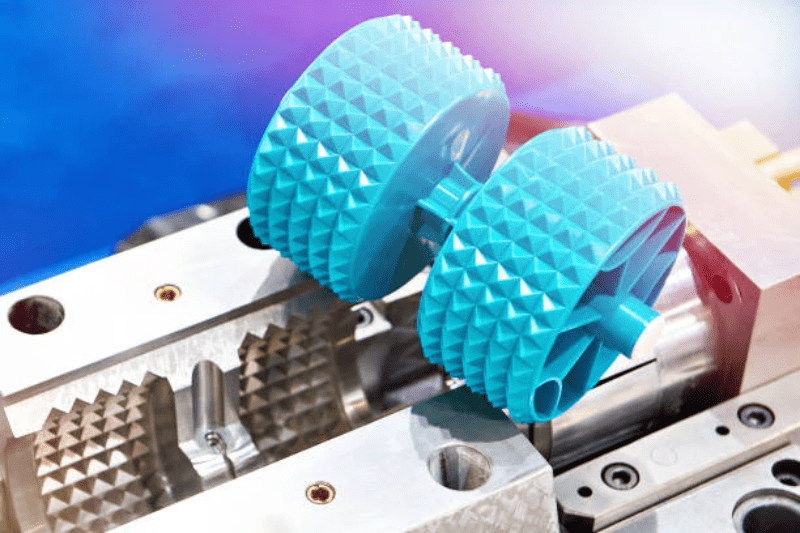The Ultimate Guide to Silicone Compression Molding for Customized Products
The Ultimate Guide to Silicone Compression Molding for Customized Products

Silicone compression molding is an innovative manufacturing process that allows you to create custom-made products with precision and efficiency. Whether you are a designer, engineer, or entrepreneur looking to bring your ideas to life, understanding the ins and outs of silicone compression molding is crucial. In this comprehensive guide, we will delve into the world of silicone compression molding and explore its benefits, applications, and best practices.
What is Silicone Compression Molding?
Silicone compression molding is a technique used to create various products using liquid silicone rubber (LSR). Unlike injection molding, which uses a high-pressure system to inject the material into a mold, silicone compression molding involves placing the silicone material into a two-part mold and applying pressure to compress and shape it.
Benefits of Silicone Compression Molding
1. Precision and Consistency: Silicone compression molding offers exceptional precision and consistency, ensuring that each product is uniform in shape, size, and texture. This makes it ideal for producing intricate designs and complex geometries.
2. Wide Range of Materials: Silicone compression molding allows for the use of different silicone materials with varying properties, such as hardness, color, and transparency. This versatility opens up a world of possibilities for creating products tailored to your specific needs.
3. Cost-Effective: Due to its efficient production process and shorter cycle times, silicone compression molding can be a cost-effective solution for both small-scale and large-scale manufacturing. It minimizes material waste and reduces the need for extensive post-processing.
Applications of Silicone Compression Molding
1. Medical and Healthcare Products: Silicone compression molding has become increasingly popular in the medical industry due to its biocompatibility, durability, and sterilizability. It is commonly used to manufacture medical devices, implants, prosthetics, and seals for healthcare equipment.
2. Automotive Components: The automotive industry relies heavily on silicone compression molding for producing various components such as gaskets, seals, connectors, and hoses. The heat resistance and chemical stability of silicone make it an ideal material for demanding automotive applications.
3. Electronics and Electrical Products: Silicone compression molding is widely employed in the electronics industry to create protective covers, keypads, connectors, and insulation for electronic devices. Its ability to withstand extreme temperatures and resist moisture makes it a preferred choice for such applications.
Best Practices for Silicone Compression Molding
1. Design Considerations: When designing a product for silicone compression molding, it is important to consider factors such as draft angles, undercuts, and the use of parting lines. These considerations will help ensure proper mold release and prevent defects during the molding process.
2. Material Selection: Selecting the right silicone material for your application is crucial. Factors to consider include the desired hardness, chemical resistance, temperature resistance, and color. Consult with your silicone manufacturer to determine the most suitable material for your project.
3. Mold Design and Care: Proper mold design and maintenance are essential for achieving consistent and high-quality results. Regularly inspect and clean the molds to prevent contamination and ensure smooth mold release. Work closely with experienced mold designers and manufacturers to optimize your mold design.
4. Quality Control and Testing: Implementing a robust quality control system is crucial for ensuring the integrity of your products. Perform regular testing, such as dimensional checks, hardness tests, and visual inspections, to maintain consistent quality standards.
In conclusion, silicone compression molding is a versatile and cost-effective manufacturing process that allows for the production of customized products across various industries. By understanding the benefits, applications, and best practices about silicone compression molding, you can unlock a world of possibilities and bring your innovative ideas to life. Whether you are in the medical, automotive, or electronics industry, silicone compression molding can help you create functional and high-quality products that meet your specific requirements.